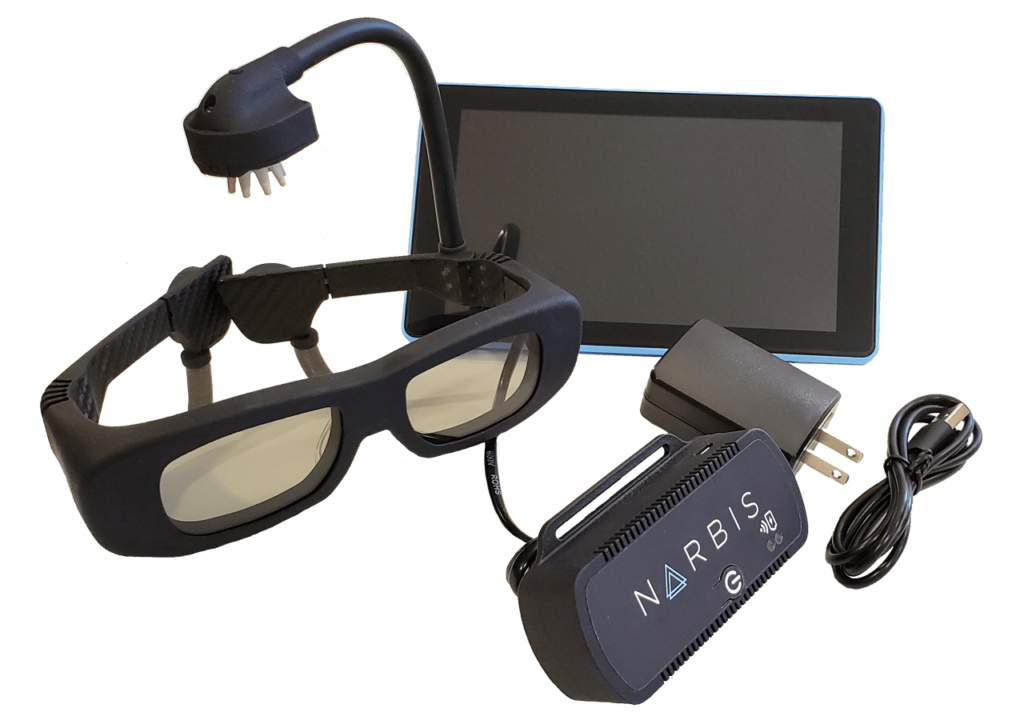AMBLER, PA — Narbis surveyed nearly 1,000 parents across the US and found that kids today do not actually have too much homework.
- In fact, more than half of the parents surveyed believe that children themselves are adding hours to their weekly homework burden because of distractions and lack of focus
- 63 percent of parents report that their children’s homework is a source of household stress and frustration
Narbis has a product to help students relearn how to focus as they prepare for a full-time return to school: Its signature smart glasses that use the science of neurofeedback to train your brain to focus so you can pay better attention.
Using an algorithm developed by NASA to train pilots, the smart glasses use innovative dry sensor technology to measure the user’s brain wave activity. When the sensors detect brain patterns indicative of being focused on the task at hand — such as reading a book, doing homework, or writing a term paper — the glasses maintain their usual clear tint.
If the wearer is growing distracted, the sensors pick up on the subsequent neuroactivity and change tint to alert the wearer that it’s time to re-focus. With regular use, wearers of the smart glasses practice staying focused on the task at hand.
This has great implications for anyone who wants to improve their focus and concentration. Narbis recommends that wearers use the smart glasses two to three times a week for 30 minutes.
“Students, parents, and office workers all stand to benefit from regular practice of attention,” says Devon Greco, founder and CEO of Narbis. “The science behind neurofeedback shows that it is possible to teach your brain to drown out distractions and hone in on what’s in front of you, improving memory, focus, and overall mental performance.”
Adapting to virtual education has been a learning curve for all parties involved: students, teachers, and families. Now, just as students have grown accustomed to watching their teachers on a computer screen, students have to transition back to being in a full classroom for some six hours a day and all that entails. Whether that means dealing with noise from their fidgety peers; looking out the window; or simply being around some 30 people again, rather than tucked away with no one but family members; refocusing attention towards traditional learning methods may prove stressful for some children.
Moreover, as students adapt to having physical distance between learning and leisure, focusing at home to concentrate on reading and assignments may prove difficult. Tools such as Narbis can help bridge the concentration gap at home, helping to put a divide between homework and common sources of distraction such as television or social media.
Beyond back to school, Narbis neurofeedback smart glasses can also help adults readjust to the post-pandemic workplace. Fully remote, hybrid, and in-person working formats all come with their own caveats and forms of distraction. Narbis smart glasses can help workers of all ages learn to retain focus regardless of setting.
For more information about the product, including video of their use, as well as user testimonials, please visit narbis.com.








